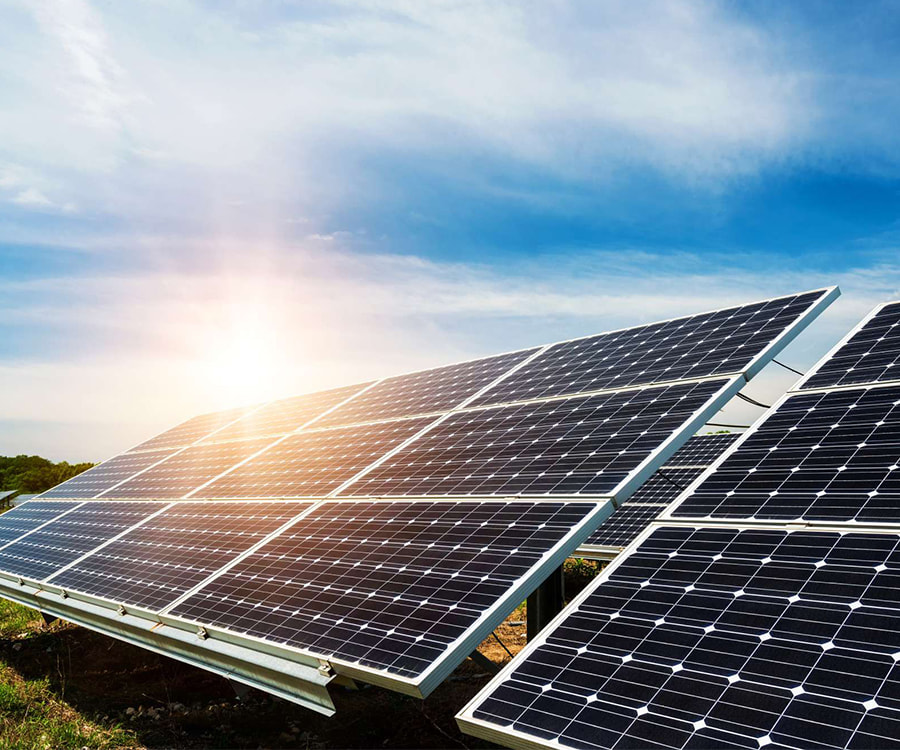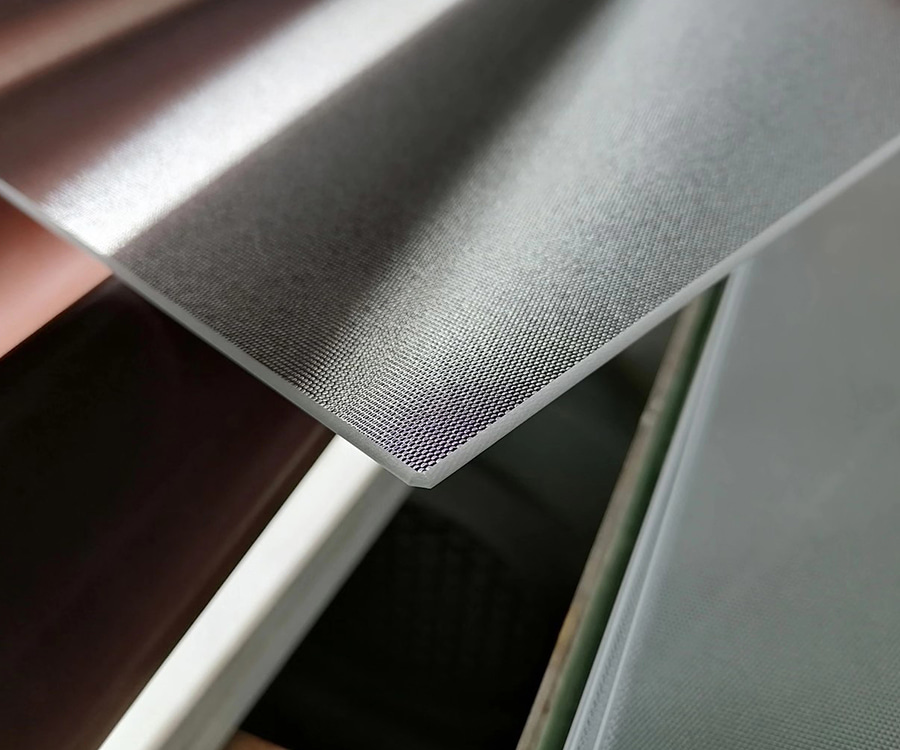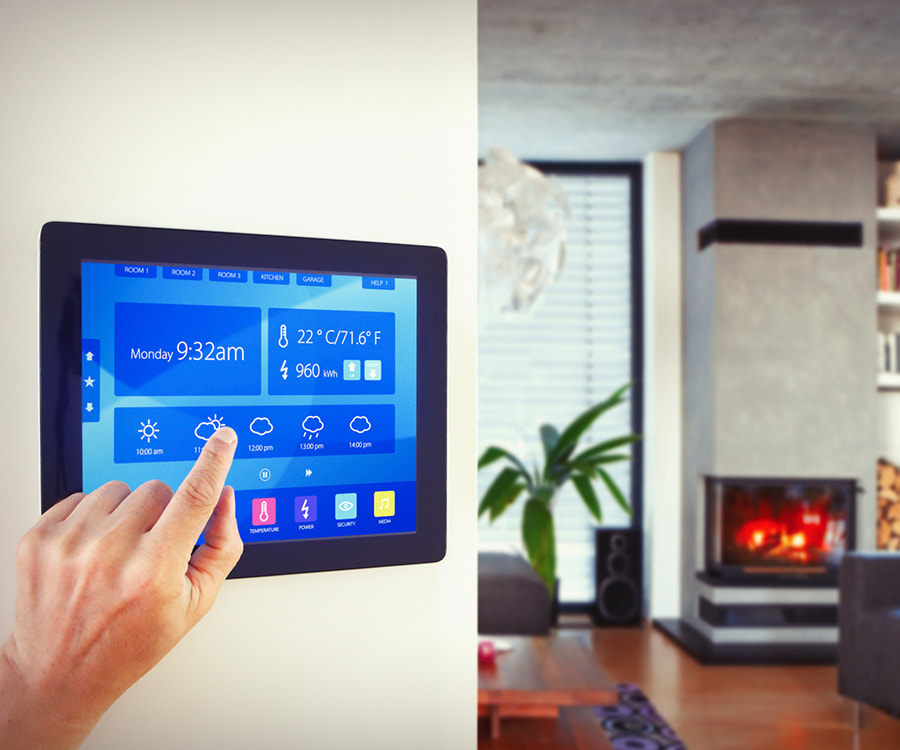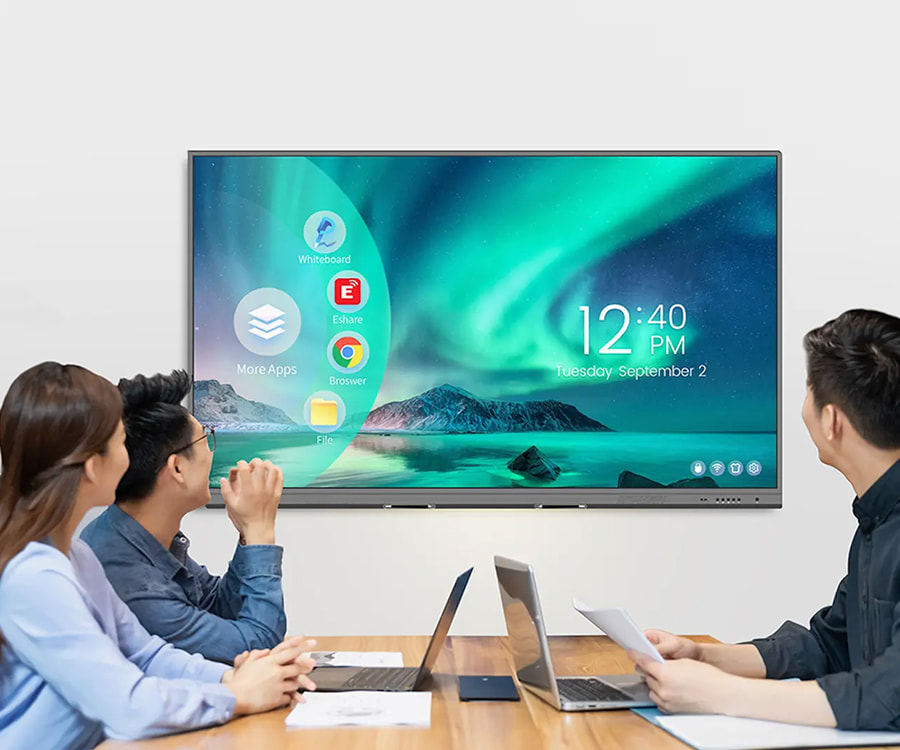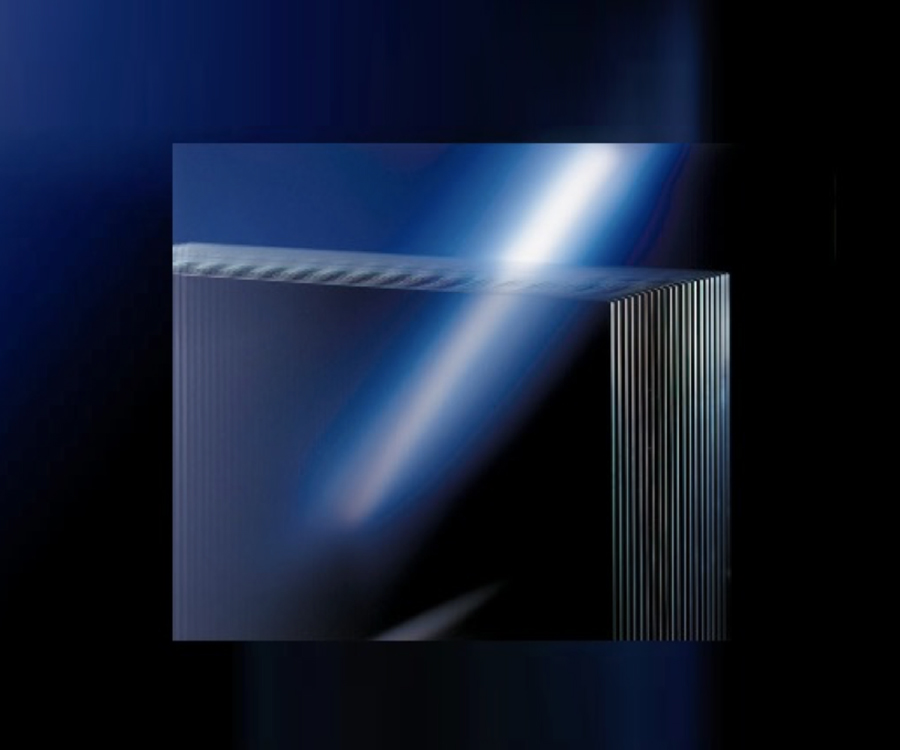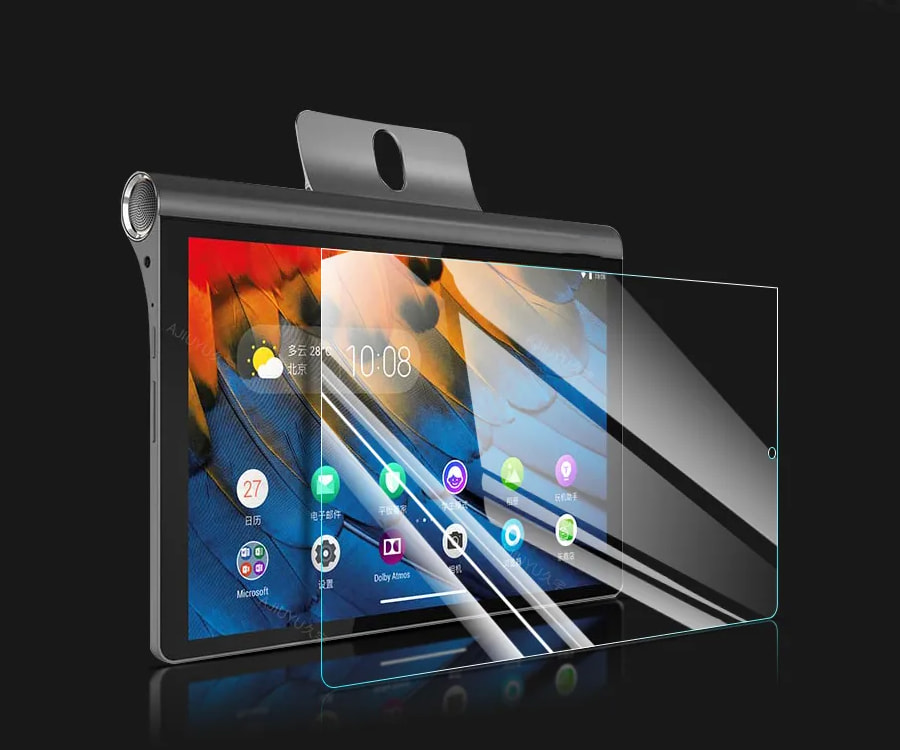Ultra-thin LCD panel substrate glass uses electronic-grade ultra-thin glass materials with extremely low thickness, usually up to 0.1mm or even thinner, which greatly reduces the weight of ultra-thin LCD panel substrate glass, which is conducive to reducing the weight of the overall equipment and improving portability. Ultra-thin glass materials have extremely high transparency, which can ensure that the display effect of the LCD panel is clearer and more realistic. High transparency directly affects the color reproduction and brightness of the picture.
Electronic-grade ultra-thin glass undergoes strict process control during the production process to ensure that the flatness of the glass surface reaches an extremely high level. This is crucial for the manufacture of LCD panels, because uneven surfaces can lead to reduced display effects and even image distortion. Electronic-grade ultra-thin glass materials have excellent chemical stability and can resist the erosion of a variety of chemicals, ensuring stable performance during long-term use. This is especially important for LCD panel substrate glass, because LCD panels are exposed to various chemicals during use, such as cleaning agents, solvents, etc.
Ultra-thin glass is a high-tech material that strikes a balance between hardness and brittleness while offering impressive processing flexibility. Its high hardness ensures durability and scratch resistance during manufacturing and use, which is critical for LCD panel substrate glass, as any tiny scratches may affect the display effect and overall product quality.
Despite the brittle nature of ultra-thin glass, modern technology has developed a series of advanced cutting and edge grinding technologies that can accurately and safely handle this material. These technologies include, but are not limited to, laser cutting, water jet cutting, and high-precision grinding processes. Laser cutting uses a high-energy laser beam to generate local high temperatures on the glass surface, causing the material to melt and evaporate rapidly, thereby achieving contactless and precise cutting, effectively avoiding the stress concentration and crack propagation problems that may be caused by mechanical cutting. Water jet cutting uses high-pressure water flow to carry fine abrasive particles to impact the glass surface, achieving fine cutting of the material in a non-thermal stress manner, and also maintaining the smoothness and integrity of the glass edge.
In terms of edge grinding, ultra-thin glass materials also benefit from advanced processes and equipment. The high-precision grinding process uses a grinding wheel or abrasive belt made of diamond or other super-hard abrasives to finely grind the edge of the glass to remove burrs and unevenness generated during the cutting process to ensure the smoothness and precision of the edge. In addition, some advanced edge grinding equipment is also equipped with an online detection and control system that can monitor and adjust the grinding parameters in real time to ensure that each ultra-thin glass substrate meets the predetermined size and shape requirements.
In the production process of ultra-thin LCD panel substrate glass, it is necessary to go through multiple processes such as edge grinding, cleaning, tempering, and re-cleaning. Electronic-grade ultra-thin glass materials can adapt well to these process requirements to ensure the quality and performance of the final product. Because ultra-thin LCD panel substrate glass has excellent properties such as high transparency and flatness, it can significantly improve the display effect of the LCD panel. This makes ultra-thin LCD panels widely used in electronic products such as smartphones, tablets, and TVs.
With the continuous advancement of electronic-grade ultra-thin glass material production technology and the reduction of costs, the production cost of ultra-thin LCD panel substrate glass has also been effectively controlled. This helps to reduce the overall manufacturing cost of equipment and improve market competitiveness. The application of ultra-thin LCD panel substrate glass has promoted the upgrading and development of the electronic information industry. It makes electronic products thinner, more portable and more efficient, satisfying consumers' pursuit of high-quality life.


